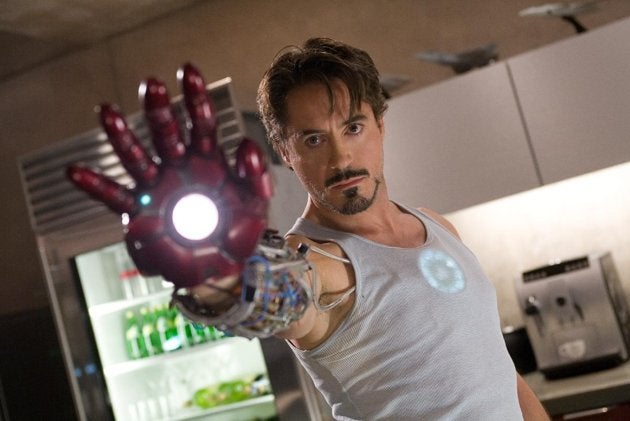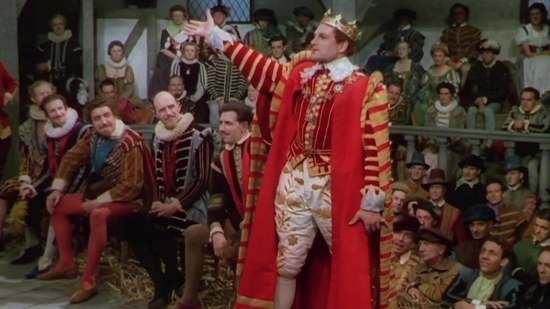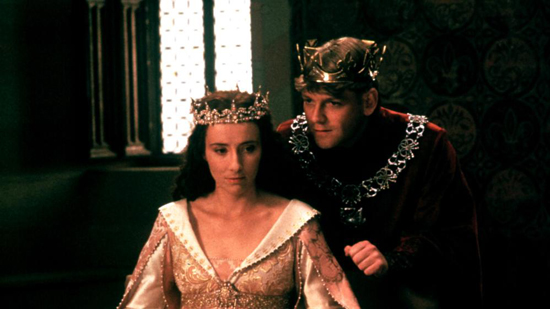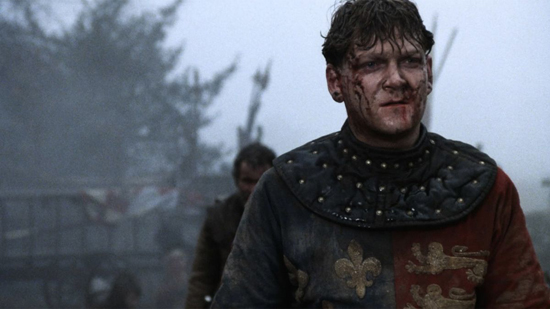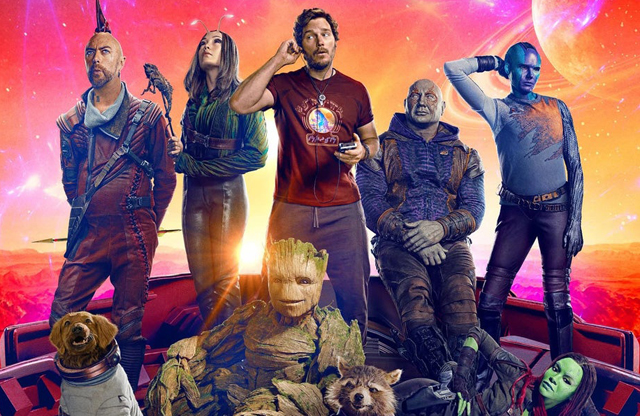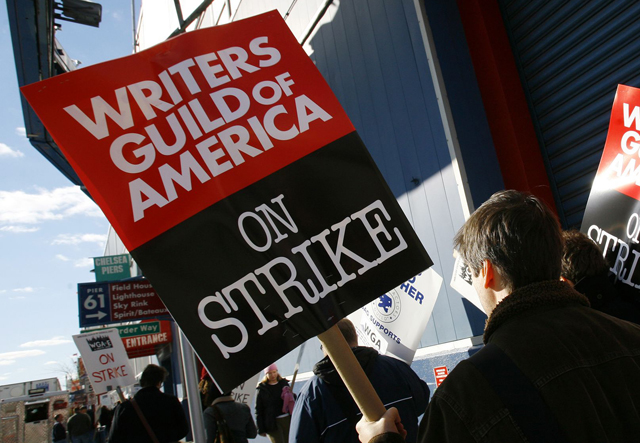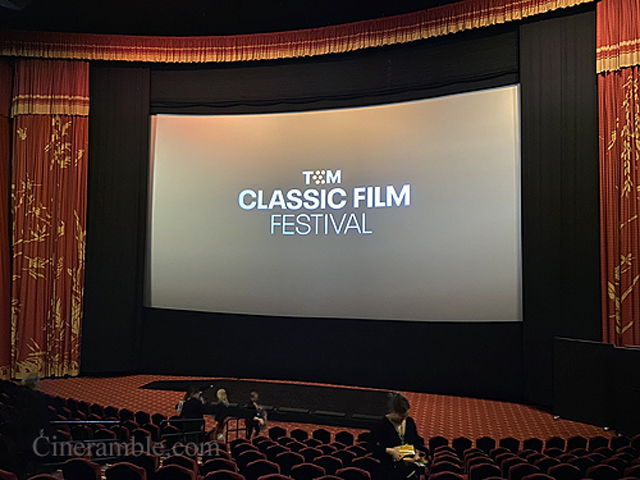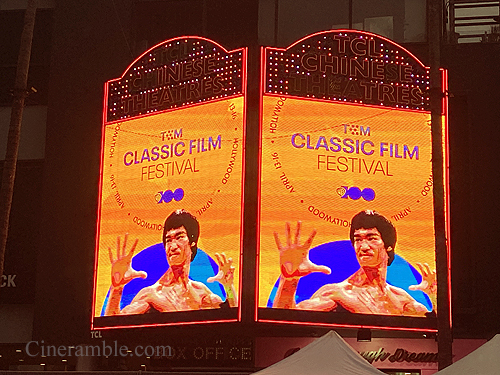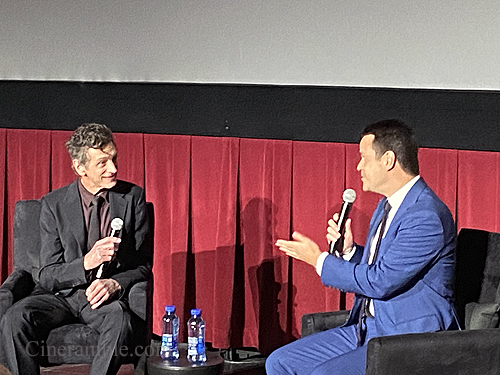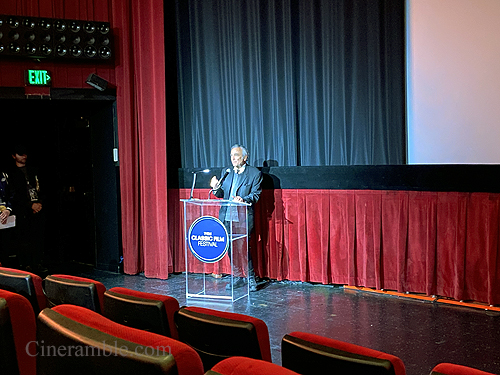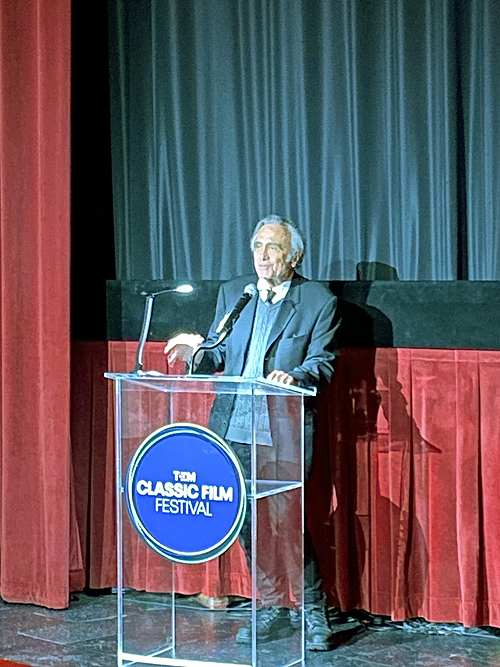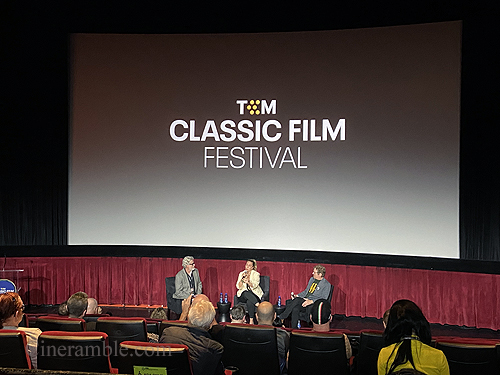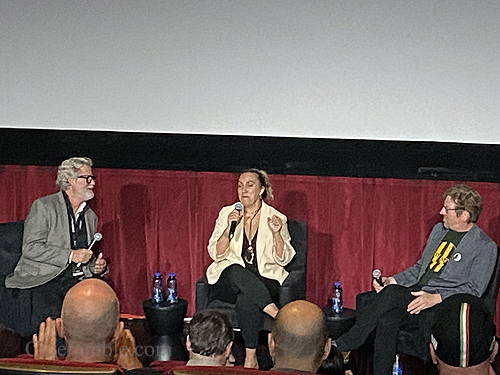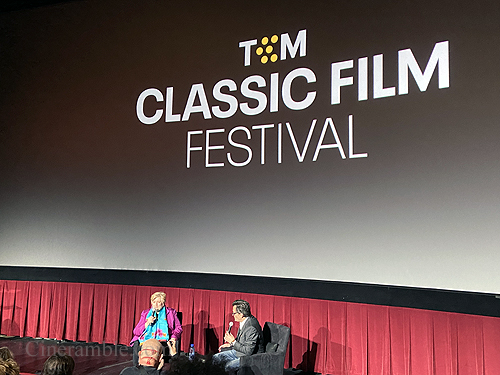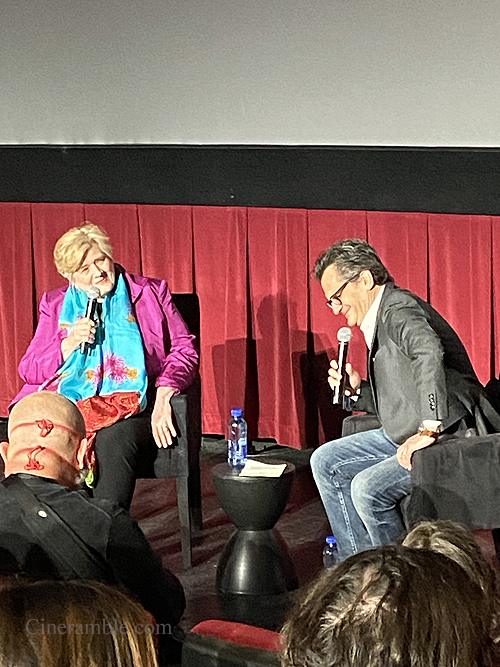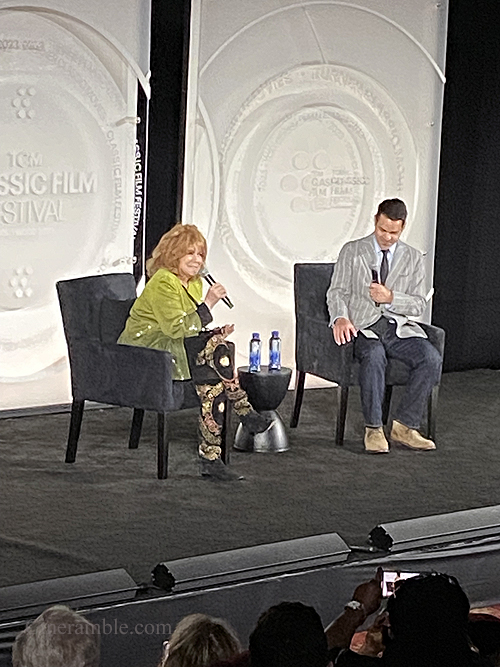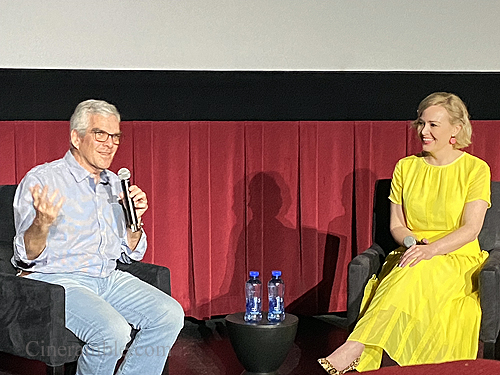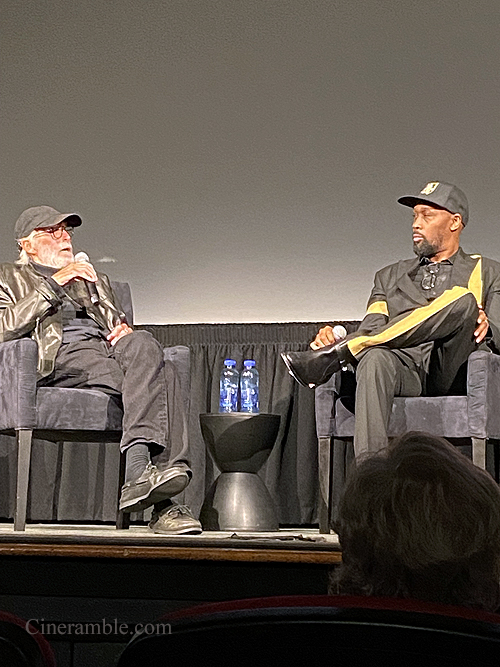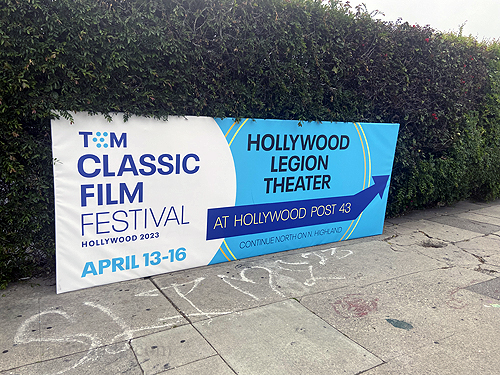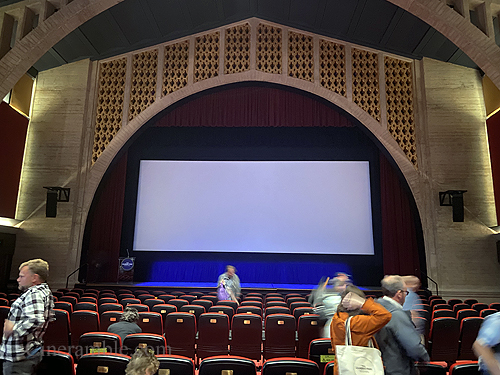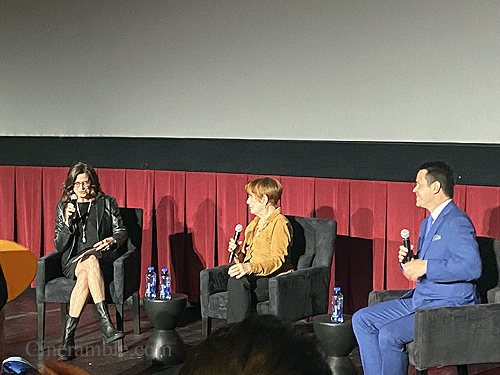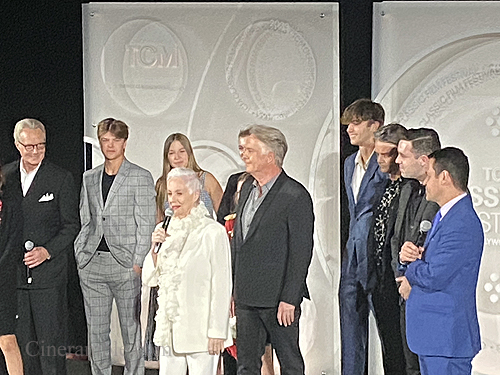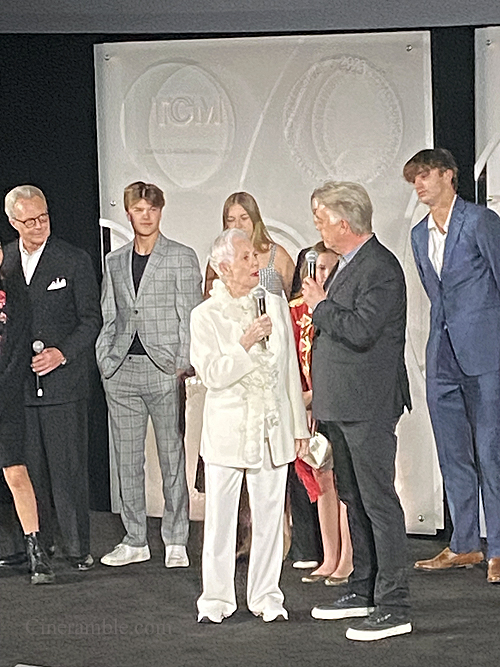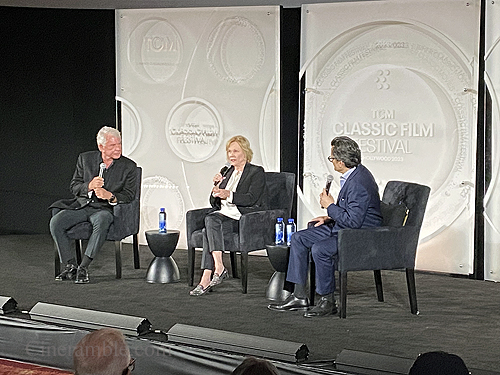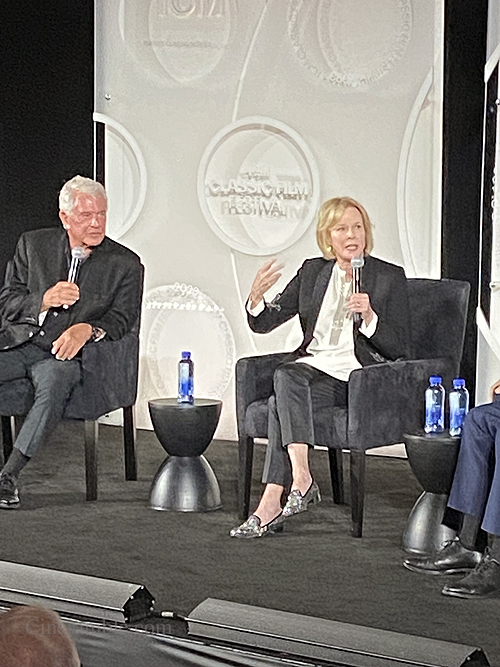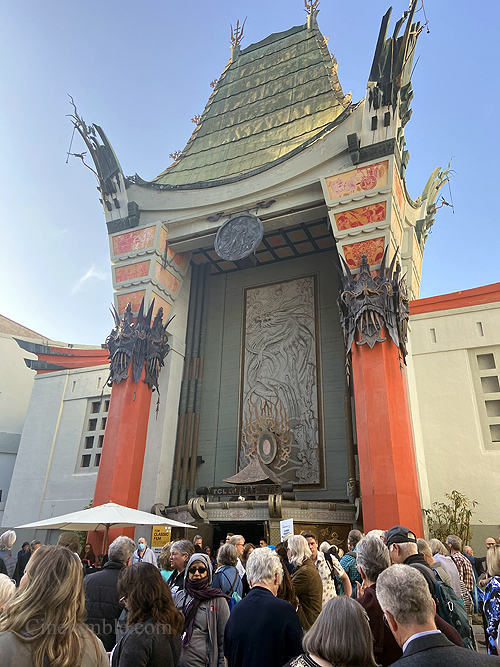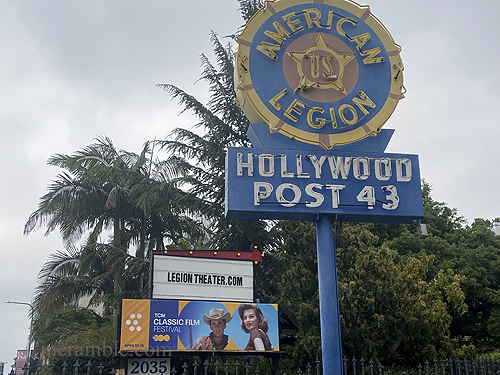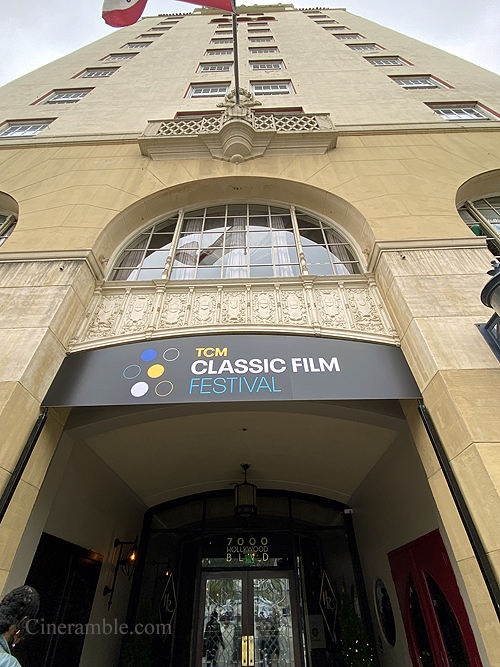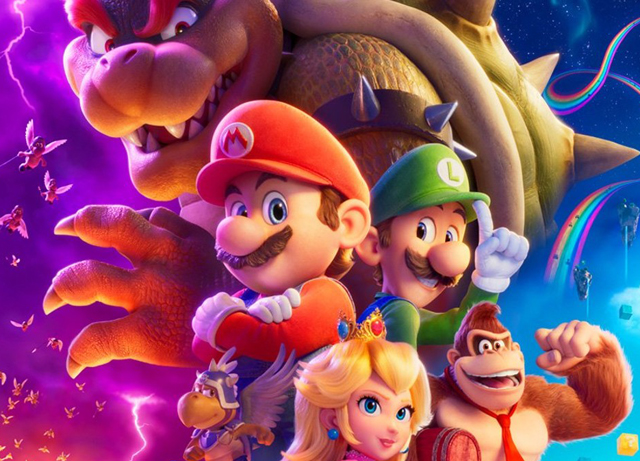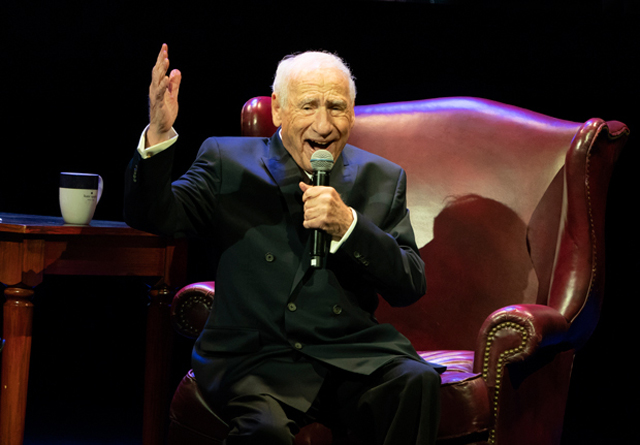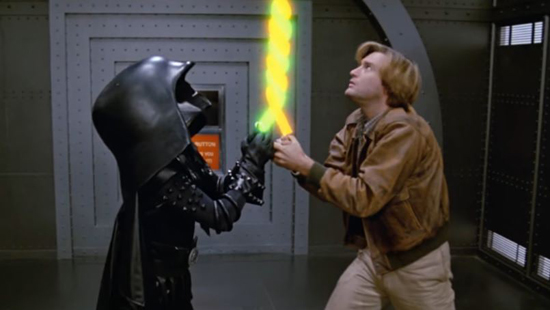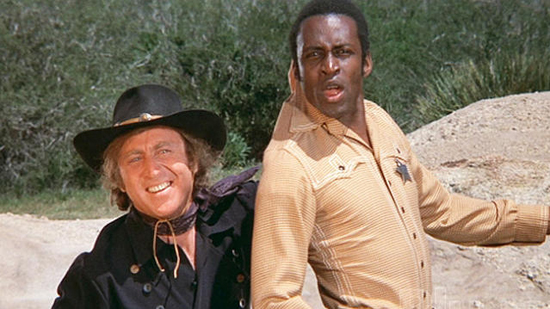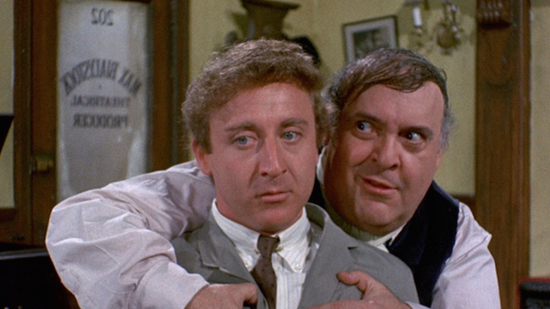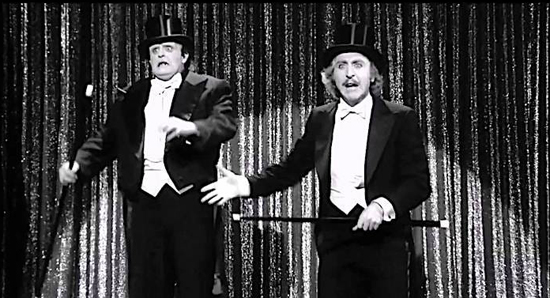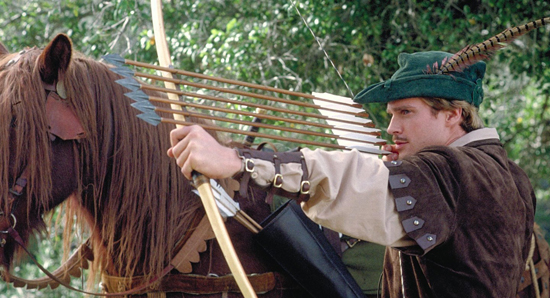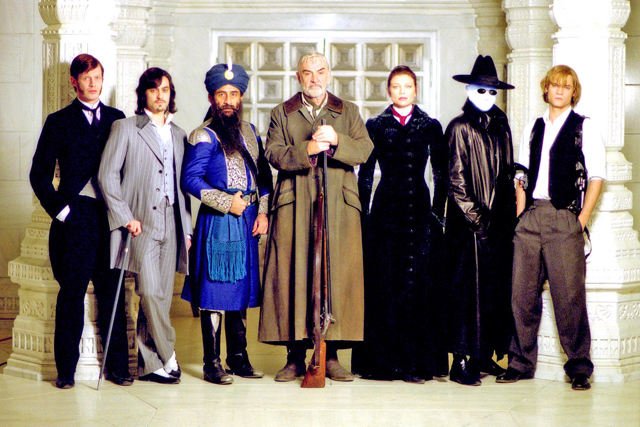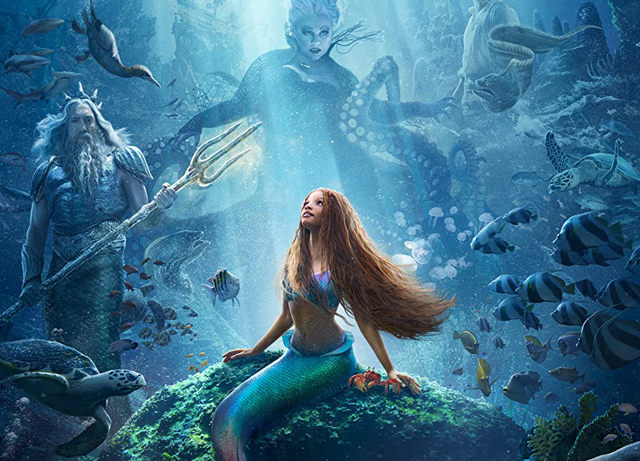
You’ve got to give credit to Disney, they’ve always found a way to make a boat load of money no matter the circumstances. Sometimes, however, their money making ideas come at a cost of damaging their brand. Take the later part of the Michael Eisner era at the Disney Studios. The Disney Renaissance that heralded the return to glory for the Animation Studio at the core of the company was beginning to wane in momentum going into the new millennium, with many films like Atlantis: The Lost Empire (2001), Treasure Planet (2002) and Brother Bear (2003) all performing well under the average of what films like Aladdin (1992) and The Lion King (1994) took at the box office. Couple that with the rise of computer animation from places like Pixar and Dreamworks, and Disney’s once mighty money making machine was just not able to compete anymore. Unfortunately, the way that the Disney Team saw as a lifeline through the hard economic times was to turn towards the home video market. Disney Television animation was in the middle of creating a weekly series spinoff for the film Aladdin, and their epic two part series pilot included a return of the film’s villain, Jafar, as part of it’s central plot. Disney, seeing the potential appeal of the television event, decided to repackage the pilot into a direct to video movie release, declaring it the official sequel to the original film. The Return of Jafar (1994) had none of the glossy animation, nor the popular songs, nor even Robin Williams as the Genie, and yet it still made a lot of money for Disney in home video sales; even rivaling the original film with it’s video release. With the waning box office for their movies happening at the same time, Disney saw this as a lucrative new market for them, so the focus in the early 2000’s shifted away from spending money on new expensive movies, and instead towards raiding the Disney library to make cheap direct to video sequels to their classic films. They found their way to make money, but at what cost?
From Walt Era classics to Renaissance era new masterpieces, no original Disney film was spared from getting a sequel treatment. Most of the films made of course were lazy retreads of what had worked before with most of the original magic missing. If you ask most Disney fans, none will consider any of the movies made in this era canon. The direct to video craze was thankfully short lived as there was a renewed drive to revitalize the Animation brand with the arrival of Bob Iger as CEO of the Disney Company. Disney went so far as to close the DisneyToon studio that had been set up specifically to churn out these low grade film and consolidate everything back to it’s roots; even bringing Pixar Animation fully into the fold. And this led to another bright era for Disney, with films like Tangled (2010), Frozen (2013), Zootopia (2016), and Moana (2016) all performing magically for Disney. But, while the direct to video era had come to an end, there were still minds within the studio who wanted to find ways to make money off of all the legacy titles they still had in their library. In 2010, director Tim Burton created his live action version of classic story Alice in Wonderland with the Disney company. The film became a surprise hit at the box office, grossing nearly a billion worldwide. The results suddenly made Disney look at what other movies they had that could be given the live action remake treatment. Suddenly, the new money making machine for Disney became taking their classic animated titles and giving them the live action treatment. And the results, unfortunately, feel reminiscent of the direct to video craze at Disney. Yes, they are making a lot of money off of these films, but in doing so, they are stripping away the things that made the original movies so memorable in the first place. Thus far, they have gone through most of the biggest titles in the Disney canon, with less than stellar results. This year, they have gotten to he film that launched the Disney Renaissance era itself, The Little Mermaid. The big worry for many long time Disney fans is that this film will for the best pale in comparison to the original and at worst, stain it’s legacy by being a soulless money grab. What kind of movie did the new Little Mermaid end up being.
The story of course is familiar to anyone who has either read the original Hans Christian Andersen story or seen the original Disney animated classic. The ocean is ruled over by the mighty King Triton (Javier Bardem) who welcomes his daughters home for a festival celebrating what they call the Coral Moon. Unfortunately, he finds his youngest daughter Ariel (Halle Bailey) is missing, so he sends his majordomo, a crab named Sebastian (Daveed Diggs) to go out and find her. Ariel has secretly been collecting artifacts from the human world with the help of her friend, a fish named Flounder (Jacob Tremblay) and has consulted with a seagull named Scuttle (Awkwafina) to know what humans use those artifacts for. Ariel’s collection is part of her obsession with life above the ocean surface, which Triton has forbidden her from reaching. However, one evening she is drawn to the surface when she sees peculiar lights flashing above. There she sees fireworks being fired from a passing ship, and on board the crew of humans are celebrating the birthday of their highness, Prince Eric (Jonah Hauer-King). Ariel is immediately smitten with the young prince, but the celebration is cut short when a storm hits. Eric ends up nearly drowning when the ship is destroyed in the fury of the storm, but is rescued by Ariel. He is too weak to see Ariel’s face, but he can hear her siren song and it sticks with him, leading him to vow to find her anywhere on his island if she is real. Meanwhile, Triton learns of Ariel’s infatuation with the humans and punishes her by destroying all of her artifacts. Ariel is left heartbroken, which then leads to a intervention from a sinister force that has been spying on her the whole time; Ursula, the Sea Witch (Melissa McCarthy). Ursula promises Ariel that she can make her human for three days, allowing her to finally reconnect with Eric in the surface world. However, Ursula’s spell is purposely meant to entrap Ariel, with Ursula intent on using her to get Triton’s crown and trident. Can Ariel find her true love before the witch’s spell ends and become a part of that world?
There is no doubt about it; the original Little Mermaid is a landmark classic in the Disney canon. It’s the movie that jump started the Disney Renaissance and brought back Disney Animation back from the dead. To this day, it is a beloved film to a generation of Disney fans who came of age during this era; myself being one of them. So, you can expect me to be a tad bit worried about how a live action remake would reflect on a movie as beloved as the original animated film. Disney’s track record as of late with the live action remakes isn’t great. Some are definitely genuine good films (Pete’s Dragon, Cinderella, Cruella) while others are just average (Aladdin, The Jungle Book, Peter Pan and Wendy), while sadly most are just downright awful (Maleficent, Beauty and the Beast, The Lion King, Pinocchio). Given that, I was anxious about what might happen to The Little Mermaid, but at the same time, I have to go in with an open mind and just accept the movie on it’s own merits. And after having seen it, I am grateful in saying that the new Little Mermaid is one of the better Disney remakes I’ve seen. I even dare say it’s worth seeing, even if you are against the idea of it existing in the first place. To be clear, it’s not without it’s flaws. The novelty of the original is not here, but there is a lot of creativity still on display that it still kept me engaged as I was watching it. While most of the other Disney remakes feel like pale imitators, made I might add without passion, The Little Mermaid does what I hope for all the Disney remakes to accomplish, which is to justify it’s reason for existing. Sadly, too many of the Disney remakes feel like the direct to video sequels, which are just movies existing solely as a product rather than a work of art. There are times in this Little Mermaid where you do feel the pressure of corporate mandates, but there’s also a sense from the people who made this movie that they are trying their best to give us something special, and that helps to elevate it above the other remakes.
The first great thing I’d like to highlight about this movie is the thing that I’m sure most people are going to be talking about the most with this film, and that’s the performance of Halle Bailey as Ariel. Bailey is transcendent in her performance as the titular Little Mermaid, giving far and away the best performance that I have ever seen in any of these Disney remakes. From the first moment she appears on screen, she commands this film and elevates the movie as a result. Throughout the movie, she exudes this infectious charm on screen, even in the moments where she has to act without her voice. And man, what a great singing voice. If there was anything that needed to translate directly from the original to this new live action version, it’s that Ariel had to have the most beautiful voice in the world. Ariel’s original voice actor, Jodi Benson, is a tough act to follow, but Halle more than meets the challenge. This is definitely evident in Ariel’s iconic “I Want” song, “Part of Your World,” which Halle performs to absolute perfection. The audience I saw the movie with were spellbound during that scene, and even applauded at the end, demonstrating just how well she nailed the performance. I am extremely happy to see her shine so brightly in this movie, given the controversy that surrounded the news of her casting in the film. Because Halle Bailey is a different skin tone than the animated Ariel, there arose a racist online backlash towards the movie. Sadly, many attacks were levied at her specifically, and she had to weather a firestorm of negative attention from people were pre-judging the movie before a single frame had been shot. To see Halle rise above all that and give the kind of heartfelt performance that she did is the best outcome out of all this, and I hope that the undeniable power of her performance silences all the trolls and haters online as a result, especially if it leads to Halle becoming a major star because of this role.
Thankfully, the rest of the movie for the most part rises to the level of Halle’s performance as Ariel. One thing that I think helped is that the film is directed by Rob Marshall. Marshall has a mixed record as a film director, but where he has done his best work is in adapting musicals, and more importantly, staging musical numbers. Drawing from his Broadway experience, the guy knows how to make visually interesting musical numbers for the big screen, something that he demonstrated very well in his big screen debut; the Oscar-winning Chicago (2002). In The Little Mermaid, he’s working with a very different kind of musical, dependent on a lot of visual effects, but to his credit, he managed to make those musical numbers just as visually inventive as the ones he does with no visual effects. The “Under the Sea” sequence in particular is perfect example of what Rob Marshall managed to bring to the movie. Every shot is choreographed well to the song itself, and at the same time it doesn’t merely just copy the original film either. That’s the one thing that made the Beauty and the Beast and The Lion King remakes so frustrating for me; the lack of creativity in the musical sequences. They either were copy and paste jobs of the original animated sequences, or they lacked any visual stimulation at all. With the Little Mermaid, Rob Marshall wants to make these songs feel special, and that thankfully carries through in all the classic Howard Ashman/ Alan Menken songs carried over from the original, as well as the new ones written by Lin-Manuel Miranda. Not only that, but the movie benefits from a cast that can actually sing. While I was worried about the more realistic depictions of the animal characters of Sebastian, Flounder, and Scuttle, the voice cast helped me to get used to them, and they turned out to be entertaining on their own. Daveed Diggs’ performance as Sebastian especially works well, making the character just as entertaining as his classic counterpart (voiced by the late Samuel Wright). The only actor that I wished had gone a bit further with her performance is Melissa McCarthy as Ursula. She’s not bad by any means, and thankfully exceeded my dire expectations, but at the same time her performance seems too grounded and more of an imitation of the late great Pat Carroll’s vocal performance in the original. At the same time, I did like McCarthy’s overall look as the character, especially with the bioluminescence they added to Ursula’s tentacles.
The one area where I think the movie may fall behind the original is it’s depiction of the ocean world. The visual effects are not the worst that I’ve seen in these Disney remakes, but you still get this unfortunate artificiality that encumbers many moments within the movie. For one thing, the underwater sequences still feel too murky, which dilutes some of the colors. Coming right off of the heels of James Cameron’s Avatar: The Way of Water (2022), which revolutionized the ways digital water scenes can be filmed, doesn’t help. The effects to turn the actors into merpeople is also mixed. I feel like most of the resources for the mermaid effect went into the characters of Ariel and Ursula, both of whom come off as convincing as the iconic characters. Other merpeople look unfortunately not as great, which is especially true for poor Javier Bardem as Triton, who often looks awkward in the role, buried under too many layers of effects both for his tail fin as well as for his beard. The above water scenes fare much better, and the production design team did a great job of crafting Eric’s kingdom into this colorful, vibrant place, complete with a Caribbean flavor to it. One thing about the visual effects that I really think helped out a lot was actually giving expressions to the animation of the animal characters. After seeing the cold, lifeless faces of the household objects in Beauty and the Beast as well as those of the animals in The Lion King, it’s refreshing to see the digital animators make an effort here to be less adherent to limitations of live action and actually make the animals a bit more cartoony. There’s also a lot to be said about the structure of the movie as well. At 135 minutes, the movie is nearly an hour longer than the original, which ran a tight 83 minutes. But, even with all that extra length, the movie never feels padded with unnecessary scenes. All the extra time instead is devoted to extra character development, particularly with Ariel and Eric, whose courtship is fleshed out much more here. Too often Disney chooses to fill their remakes with plot elements that either add nothing or effectively ruin the story as a whole (the idiotic teleportation book from Beauty and the Beast for example), and that’s thankfully absent here. This is essentially the same story, but just with more meat on the bone. And to director Marshall’s credit, it flows just as well as the original.
Out of all the Disney remakes, only Pete’s Dragon is one that I would say exceeds the original, which frankly didn’t have that high of a bar to clear. In the case of all the Disney remakes, none of them ever have been better than the original animated versions. But, with The Little Mermaid, I would say it joins the likes of Kenneth Branagh’s Cinderella remake, which doesn’t exceed the original, but at the same time compliments it. After so much disappointment, it’s nice to actually say that about one of these Disney remakes. The film is especially worth your time just for Halle Bailey’s performance as Ariel alone. I can’t think of a better live action embodiment of one of these iconic Disney characters than her version of Ariel. She really rose to the challenge, taking on a difficult role, and shone through magnificently. Thankfully, the rest of the movie is worthwhile as well. It’s not perfect, and sometimes suffers whenever it has to adhere too close to the original, including some unnecessary shot for shot imitations. But, there’s a lot of care put into this film that feels absent from so many other Disney remakes. Somehow, Rob Marshall managed to succeed in a way that other acclaimed directors like Tim Burton, Bill Condon, Robert Zemeckis and Jon Favreau have all failed to do, which is to make a movie that doesn’t feel like a hollow cash grab. Don’t get me wrong, this movie is still a cash grab, and I worry that Disney will take the wrong lesson from it if it becomes a success. But, for the first time in a long time, they got the remake formula right. Much like Cinderella, it changes enough to make it feel like it’s own thing, while still fulfilling the expectations of what we remember from the original. Despite it’s success, I do wish Disney would get out of this trend of remakes and get back to making original films again. They’ve got a valuable brand and they are doing no favors for themselves by rehashing their glories from the past. At least with The Little Mermaid they didn’t stain the legacy of that beloved classic, and at the very least gave it a deserving companion; one where you can definitely say both are worth watching, even though the original is still the top choice. Thank you Disney for not spoiling your lovely Little Mermaid and letting her be part of our world once again.
Rating: 8/10
